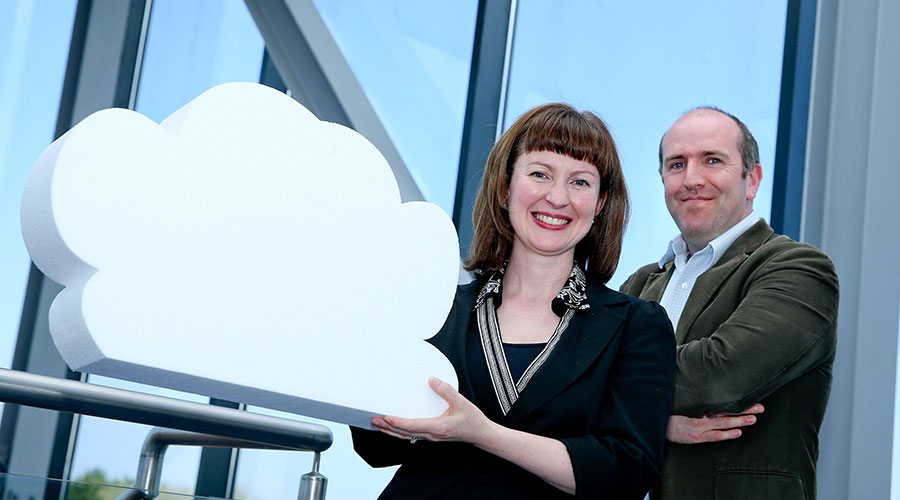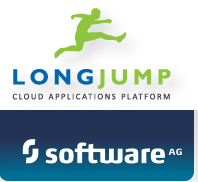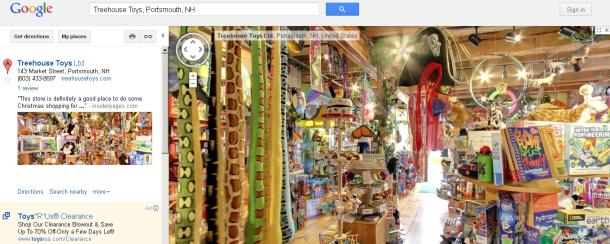Martha Pierce| Thenextweb
Ask Mitch Wainer what he thinks about your privacy settings, and he’ll tell you they’re pretty darn important. The marketing director of DigitalOcean, a cloud service software company based in New York City’s trendy SoHo neighborhood, Wainer experienced the effects of privacy breach firsthand when 3% of his company’s users were at risk of being able to see someone else’s data when logging into their account.
And that fact is more than a little terrifying, considering that 90% of cloud application users say that they’d be very concerned if the company at which their data were stored sold it to a third party of which they might not be aware.
Cloud computing is no new phenomena: in 2008, a Pew Research Study dubbed it a fast-growing “currency in the information technology world for the past 18 months.” Or, as Andre Archimbaud, a digital media sales associate at ReachLocal, a company that works primarily with local businesses to enhance their digital presence, keenly puts it, “I live on Dropbox, and I use Trello and Wunderlist religiously.” Dropbox is just one of countless file-sharing software programs designed to make a consumer’s library of professional files as easy to navigate as Staples’ store aisles, and is as available as the click of a button. But Archimbaud also likes using software because it allows him to not have to schlep his laptop home, and “allows me to share files with colleagues and clients if needed.”
Why The ‘Cloud’ Matters
Why should you care? You may or may not have ever heard of DigitalOcean, especially if you’re not a product developer building apps for high-level startup companies. But the truth is, whether you like it or not, if you work a desk job or use a computer with working Internet on a semi-regular basis, you’re likely submersed in the cloud – no pun intended. Not a literal cloud, persay, but a cloud of software that’s able to (and can) track your every move. It operates at a speed that’s easily five times faster than that of light, and makes your digital identity as seamless as scrolling through your Facebook photo albums when you’re bored on a conference call – which, if you’re using an Internet-based service for one, is a part of cloud software, too.
Basically, there’s no denying cloud software affects you, and there’s also no escaping it: cloud computing is changing our behavior online – changing the speed of the way we work in real-time, severely altering the information overload that is the Internet in a (hopefully) more positive and efficient way.
But that’s not why users are signing up and/or using cloud sharing software at an astounding rate of a thousand, even 10,000 per day, according to Matthew Prince, CEO and co-creator of CloudFlare, Inc. “Whether you’re a Fortune 500 company or an independent product designer, [CloudFlare] will make your professional work significantly faster and easier,” Prince says.
With the majority of cloud computing services operating and transferring data from server to server at a rate that’s faster than even a millisecond, he’s definitely on to something. Prince’s product, which was ideated in 2009 and launched in 2010, now boasts more than 1.5 billion monthly Internet users who pass through the network, and is growing exponentially. “Last month we had over a trillion page views,” says Prince.
According to a study completed by the Pew Research Center back in 2008, over 69% of all Internet users use webmail services, store data online, or use software programs. And why not? We log into our Gmail accounts nearly obsessively, track purchases on eBay while Skyping a friend who’s at a technology conference in Brazil, even have the ability to configure servers with a few mouse clicks.
Take Peter Crysdale, serial entrepreneur, marketing strategist and CEO of The Inventure Co., which creates educational experiences for entrepreneurs. He and a group of product developers and strategists meet weekly and host events that work to create strategies and hacks for new or existing products. Crysdale says he hosts those meetings via a free online video chat service as part of a larger software provider (Google Hangout).
“Our [hangouts] are even better than a shared screen, in a sense, because we’re all on different computers and we each can see, if we’re looking at a document, what the other is working on. There are different colors for different mouses, so I can see who the red mouse is, for instance.” At Crysdale’s hack events, attendees sit in mini-meetings and present at the end of the event about their one product. Rather than going around with a USB drive [for everyone to plug their content and files into], he creates a folder in an online file sharing system, shares the folder and asks everyone to upload a presentation and share it once ready. “I stand in front of this room and watch this folder populate with all of these presentations,” says Crysdale. Pretty surreal, and this type of cloud technology allows a practical application that not only eliminates any guesswork, it’s exact and effortless.
Don’t think for a second, though, that these cloud-sharing servers are as simplistic as they appear. 24 hours a day, 7 days a week, they’re working cross-continents, data servers and wireless Internet hubs to make your online experience less hackable, more shareable. Your life at this highly-functional level couldn’t be possible a few years ago. Even scarier? Some millennials (myself included, admittedly) can’t even remember life before this.
Mary Pryor, founder and owner of Urban Socialista, a traditional marketing and social branding consultancy group, can. “I remember when people still used pagers, when people had to use Microsoft and PCs and not Macs,” Pryor recalls. And while she admits that she uses cloud computing on a daily basis (Dropbox and Google Mail are some of her favorites, with Basecamp being admittedly ‘outdated’), “I could live without it if I really had to. I’m not afraid to pick up the phone and give a client a call.” Pryor drives a good balance between using cloud computing to make her professional life more streamlined, and knowing when that face-to-face (or iPhone to iPhone) interaction is necessary.
Has Cloud Computing Taken Over Our (Digital) Lives?
“When you’re talking about a cloud service in this sense,” says Prince, “you talk about a type of cloud that is elastic within one geography.” This ‘discreet thundercloud’ is local to one area and one particular place, he says, but has the ability to transfer data from point A to point B in less time than it takes the average person to blink.
“There are two things that any good cloud services delivers,” says Prince. “One is scalability: as you grow, the service grows with you. If you’re using a CRM solution, you may install something that makes sense today, but find you may have to buy a whole new box [of data]. That’s where we come in.” Also, Prince says that really innovative cloud software naturally gets smarter and more efficient the more that people use it.
In addition to the standard high-class storage technology that most cloud platforms offer, companies are adapting to their ever-engaged users with high expectations for their platforms and the work they need to do on them. (How hard is it to switch browsers if Google’s servers one day shut down or don’t give you the search result you need in 0.03 seconds? Answer: Not that hard.) As a result, users are becoming more engaged (and impatient) than ever. DigitalOcean’s Wainer can attest. “As a [cloud service’s] usage goes up, so does engagement.” His platform has built-in community chat rooms and various forums dedicated to user experience. (At the time of our conversation, there were nearly 200 users in one of the chat rooms.) And interestingly enough, as cloud usage goes up, experts in this micro-field say that engagement does, too.
…So What Does This Mean For You?
“Even people who don’t think they’re using cloud services…well, they are,” says Prince. For some young professionals, that might mean logging onto your daily project management tool while at work. For a pre-teen, it might just be the infrequent uploads to their fledgling digital music library whenever they feel like it, since cloud-computing helps source copies and original song data for every existing download everywhere.
And for web developers, product managers and cloud-computing experts — If you fall into any of those categories? Now is just the beginning.













